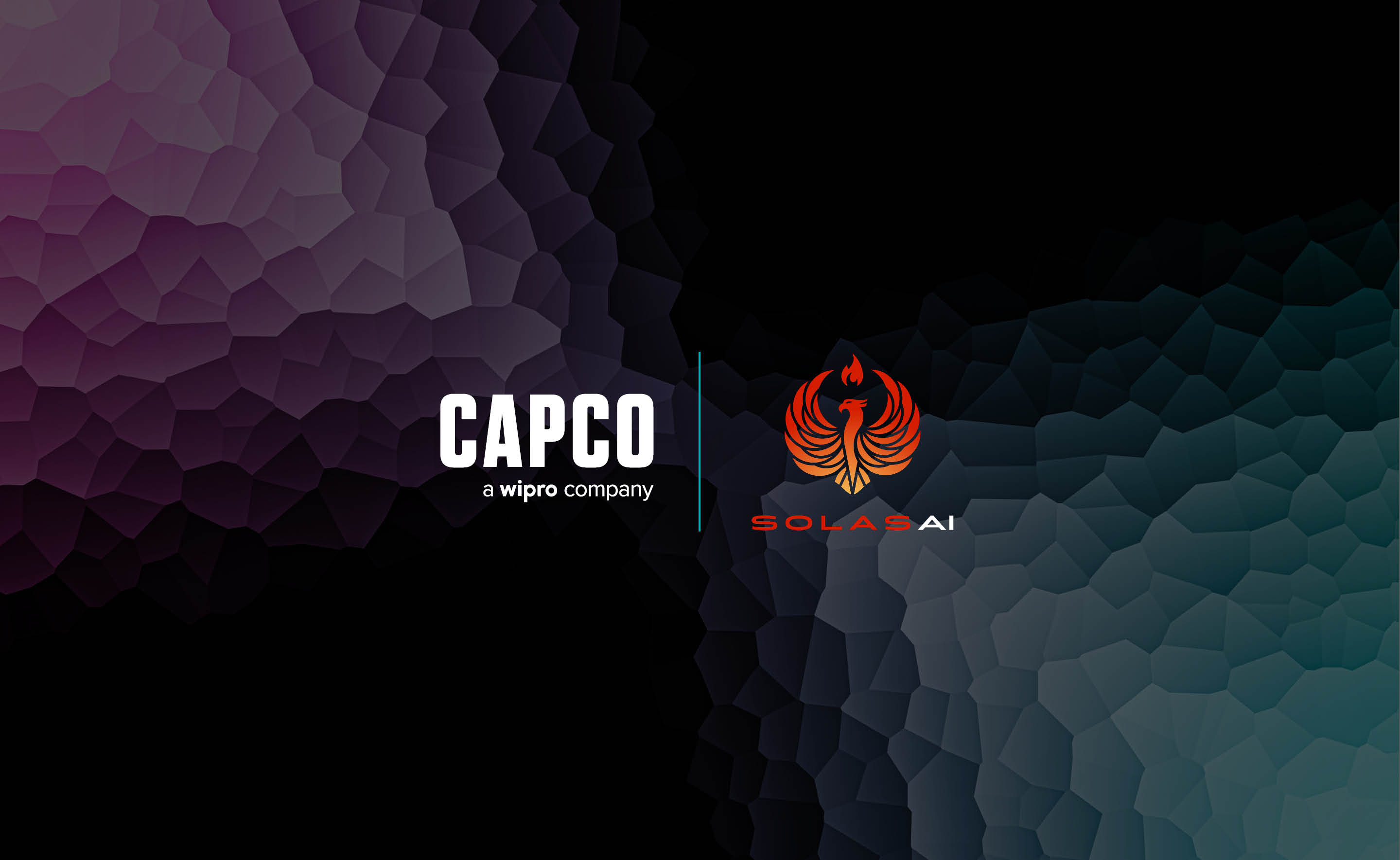There are pros and cons to using external vendors, but when it comes to eliminating AI bias, it is best to partner with an expert.
This piece is in partnership with SolasAI in support of our recent joint webinar AI In Lending Webinar: Competitive Advantage & Regulatory Compliance on Wednesday, Sept. 20. For more information or to watch the webinar click here.
For banks, artificial intelligence is proving just as disruptive as the internet and cloud revolutions that preceded it. From fraud detection to the delivery of personalized customer experiences, AI now plays a pivotal role in transforming front, middle, and back office operations.
In recent years, banks have deployed AI tools to evaluate the creditworthiness of customers. Using machine learning, predictive analytics, and risk scoring models, banks can make more informed decisions and efficient credit decisions.
On the surface it sounds rosy. Why not embrace technology that automates workflows, improves customer relations, and reduces risk? In reality, AI poses strategic and ethical challenges for organizations of all sizes, from multinational institutions to regional banks and credit unions.
There are two critical questions to consider. Should banks partner with AI vendors to source out of the box software, or build proprietary platforms in house? And how do they keep up with regulations that govern AI in financial services, especially when evaluating the credit worthiness of customers?
The third-party advantage
Speed to market is one of the biggest advantages of partnering with an AI third-party provider. Out of the box solutions often include pre-configured applications designed to accommodate a multitude of use cases. Many third-party vendors also offer professional services for deployment, a dedicated account manager, and a team of experts to answer questions and resolve issues.
Scalability is another important benefit when managing spikes or dips in demand for services and applications. A third-party platform can be ramped up or down as needed, and banks only pay for the capacity they use.
However, there are potential risks. Firms may find themselves over reliant on third-party vendors operating in a sector undergoing constant evolution. An AI specialist provider who is ahead of the curve in 2023 may be overtaken by the next wave of fintech innovators – and banks may find themselves contractually tied to an organization and offering that is no longer at the cutting edge.
Another issue is compliance. Rules governing the sharing of customer data with third parties are increasingly strict, and data breaches are subject to severe penalties. Security and access controls are just as important as innovation for a successful partnership.
Finally, there are limits to customization. Banks may find it harder to differentiate themselves when competitors are also partnering with the same AI vendor. In addition, short-term gains achieved through faster time to market may be wiped out if a competitor launches a more advanced in-house solution further down the line.
In-house for innovation
Developing in-house talent and capabilities gives banks far greater control over their AI projects and enables them to address critical functionality – including reliability and security – on their own terms. There is no vendor lock-in or compromise when developing AI-powered software for front and back office operations.
Banks may also decide to keep AI development in-house to retain a proprietary advantage over competitor institutions. In addition, regulatory risk is greatly diminished when there is no a need to share data with third-party software partners.
The tradeoffs largely come down to time and cost. Developing in-house can be time-consuming and expensive, especially the recruitment of data scientists, developers and engineers who command generous salaries and bonuses. Churn is also an issue when your best people can be lured away by a lavish paycheck or the opportunity to work for a ground-breaking startup.
Ensuring AI fairness and transparency - why a third-party solution is best
Against this background, banks must also decide how best to remove AI bias from their operations. While some firms have talented in-house teams, the complex nature of AI bias mitigation, need for objectivity, and advantages of specialized expertise make it more beneficial to work with a third-party.
Such organizations have accumulated extensive experience in this field. They understand the nuances of AI bias, its sources, and the best practices for reducing it. They also bring objectivity to the exercise and are unhindered by internal politics, biases, or conflicts of interest that may inadvertently influence the analysis and decisions made by in-house teams.
Like any third-party specialist, they offer cutting-edge tools and resources for bias detection and mitigation. They also bring transferable expertise from other industries and offer a broader perspective on best practices and potential pitfalls. These resources may be costly to acquire and maintain in-house, making it more cost-effective to partner with a third party.
Partnering with a third party offers scalability as AI becomes embedded in a majority of banking operations. It ensures that banks can monitor and minimize bias without the overhead of hiring and training additional personnel. Demonstrating a commitment to unbiased AI through third-party partnerships can also enhance trust and reputation with customers, investors, and regulators, demonstrating a proactive approach to ethical AI.
This matters more than ever given new legislation is on the horizon requiring institutions to reveal the data methods used to train models and explain how they make decisions. Recent developments include Section 1071 of the Dodd-Frank Act, which stipulates that financial institutions must collect and report data on loan applications for small businesses, including those owned by women or minorities. As governments and organizations step up their efforts to ensure fair access to financial services, it makes sense to work with an expert third party who can help meet regulatory expectations as they emerge.
Speed to market and customer growth
It is also important to stress the positives. Working with a third party to eliminate conscious or unconscious bias enables firms to fine tune models and identify credit-worthy customers who may be excluded because such models are based on incomplete or inaccurate data. It also accelerates time to market of products and services. The best partner organizations offer continuous evaluation so that production grade models and services can be assessed and refined in days rather than weeks or months.
This puts banks at the forefoot when it comes to the latest advances in AI for automation, risk assessments and product development – all of which may lead to better outcomes for consumers, firms, financial markets, and the wider economy.
A leading example of this approach in action is Capco’s partnership with SolasAI, a leader in innovative, algorithmic fairness AI software. Together, Capco and SolasAI offer a fast track to AI compliance, including analysis, diagnosis and refinement of existing AI models and applications.


